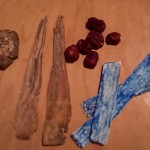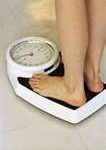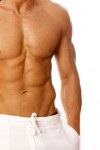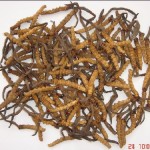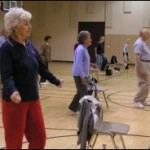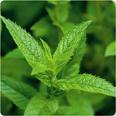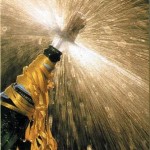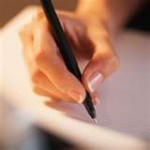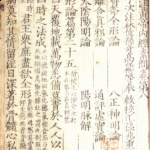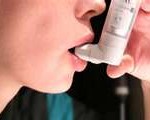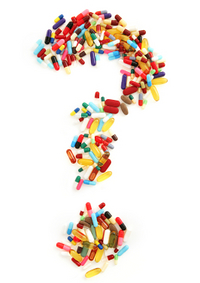 Labels on most herbal products in the US provide little to no information regarding the amount of fillers ie. starch, otherwise known as excipients. Excipients are inactive substance used as a carrier or any ingredient that is added to adjust the intended dosage. Often excipients are used to achieve a uniform 5 to 1 herb ratio. (Basically a diluents). Excipients are also used to improve administration such as making capsules or pressed pills.
Labels on most herbal products in the US provide little to no information regarding the amount of fillers ie. starch, otherwise known as excipients. Excipients are inactive substance used as a carrier or any ingredient that is added to adjust the intended dosage. Often excipients are used to achieve a uniform 5 to 1 herb ratio. (Basically a diluents). Excipients are also used to improve administration such as making capsules or pressed pills.
Currently, there is no technology to make capsules or pressed supplements without using these fillers. Current FDA labeling requirements for dietary supplements do not require the manufacturer to list the amount of excipients. This leaves room for lots of speculation and ambiguity regarding the strength of the products. How much product in the bottle is filler and how much is vitamins and/or herbal extract? There is no set answer for this question simply depends on the manufacturer and many are not disclosing this information on their labels.
Gel-Caps and individual packet herbs are the only modalities which do not need to contain excipients. There are over 750 additives (includes excipients) which have been approved by the Food and Drug Administration (FDA) for our food & supplement products. Excipients toxicity and safety has been a controversial subject for more than a decade. Some research suggests excipients destroy immunity by bursting T-Cells and block nutrient uptake. This topic is too broad to discuss here. I mention this, only to bring awareness that the issue exists.
There are compelling reasons for these theories and further research is clearly warranted. There is simply too much we don’t know about how excipients interact in our bodies. Excipients usage in Chinese herbal products ranges anywhere from 35% to 50% of a 100 gram bottle of extract, the same percentages apply for capsule herb products. Dextrin is a common excipients along with non-GMO potato starch or corn starch (corn is the most genetically altered food). Again, the amount of excipient used is not currently required on product labels. Advantages of adding excipients are they extend the shelf life of Chinese herb products. Chinese Herb tea pills were traditional made without an excipient.
The natural clumping of the herbs was beneficial in this delivery system. Unfortunately the shelf life is very short. Remember herbs are natural products and without preservatives they do turn rancid when exposed to air. One side effect of adding excipients has turned into a benefit for people who prefer to swallow their herb granules by placing granules on their tongue and swallowing with water. The use of excipients makes this easier by reducing the natural stickiness of the herbs.

